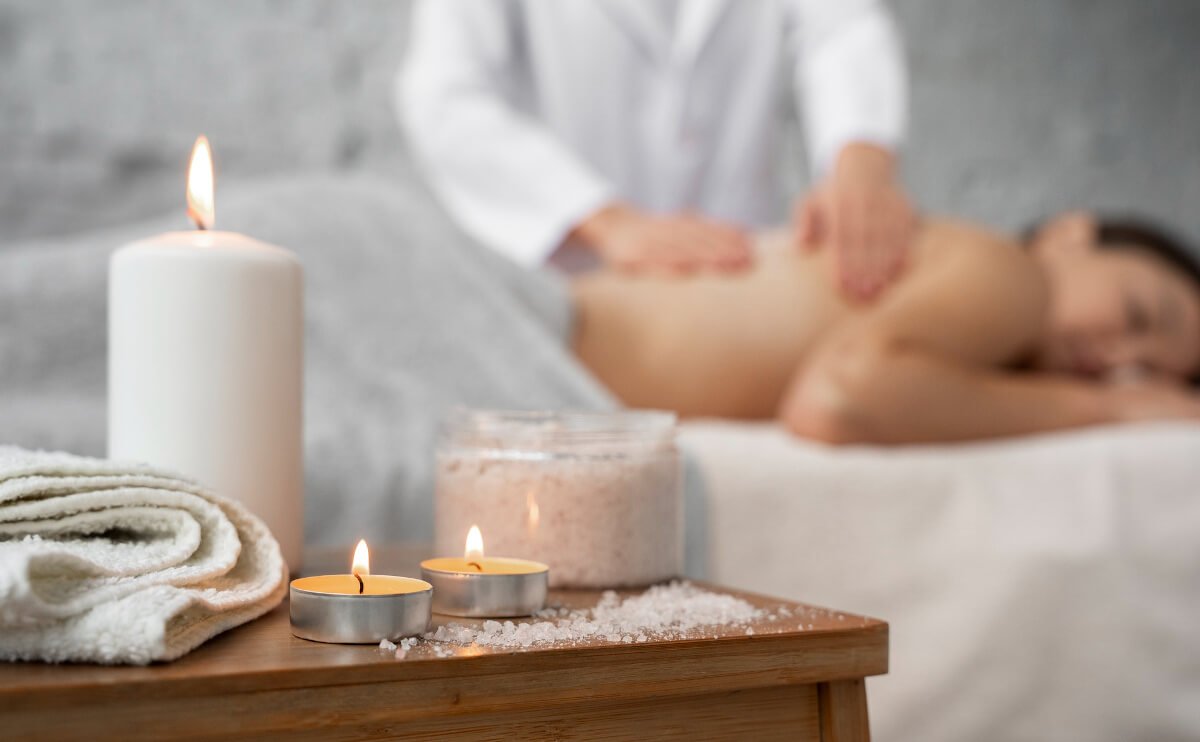How many times have we gone scent shopping, only to get stumped at the word “Aromatherapy”? Every candle, diffuser, and even essential oil, seems to have that word attached to it.
Aromatherapy, a Dictionary Definition:
According to the Oxford Dictionary, Aromatherapy is defined to be “the use of aromatic plant extracts and essential oils for healing and cosmetic purposes”. Which is all very great, but what exactly is it? How does it work?
Aromatherapy, a Beyond Dictionary Definition:
Aromatherapy is a form of complementary and alternative medicine, seen as a form of holistic therapy, where it supports both the body and the mind of a person.
It is the use of aromatic essential oils to enhance physical and emotional health – the use of natural plant extract to promote health and well-being.
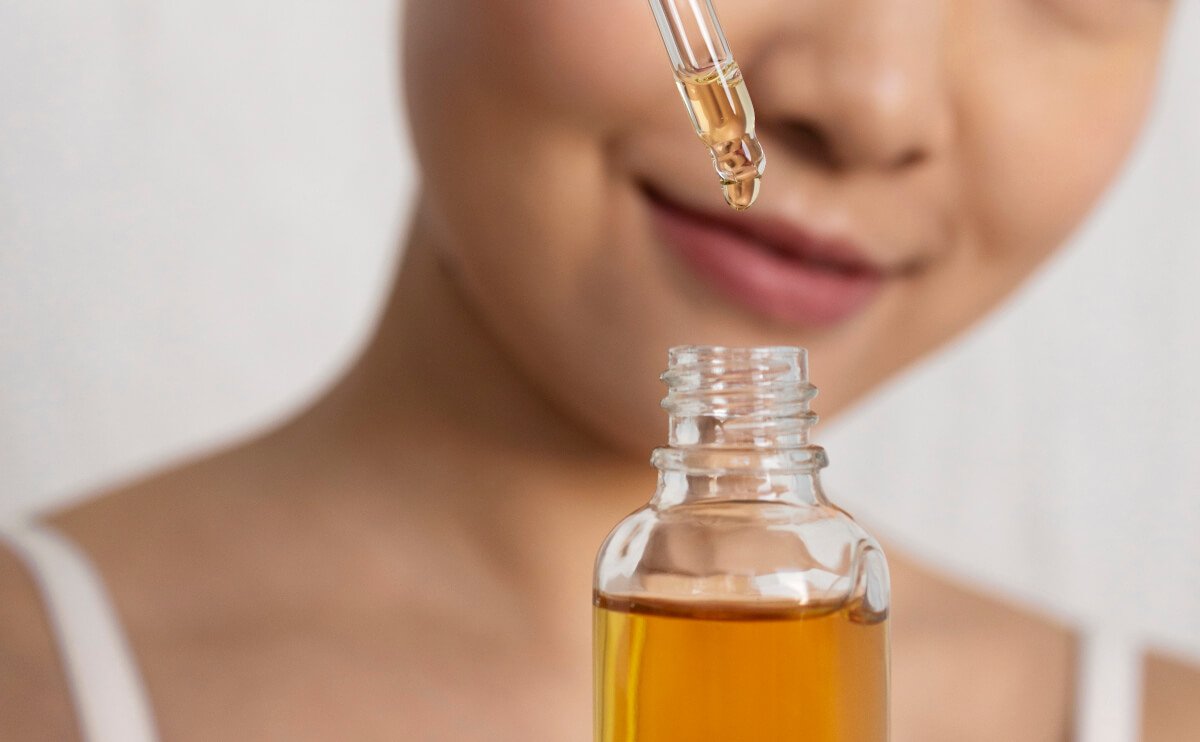
How Exactly Does Aromatherapy Work?
Aromatherapy works primarily through the sense of smell and skin absorption using different methods such as diffusers, inhalers, oils and even masks.
To explain further, it is basically the inhaling of scent molecules, which travel up the nasal cavity to the olfactory membrane. The nerves of the olfactory receptors send different signals up to the brain, depending on the scent inhaled.
This stimulates the nervous system, starting a chain reaction of signals to the brain, as well as chemical responses throughout the body. Different scents send different signals to the brain, hence resulting in different reactions from the body.
For example, a rosy scent is often connected to romance/ love, setting a romantic mood, while a lavender scent is often associated with relaxation, allowing one to sleep faster.
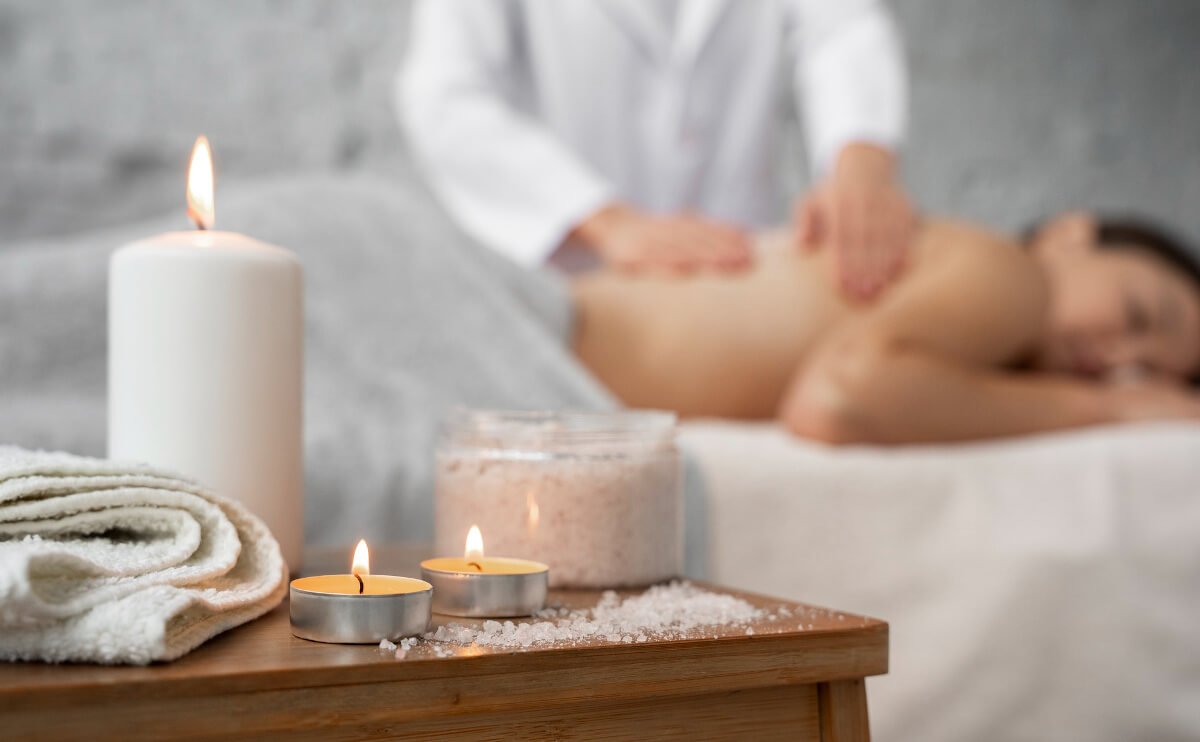
Types of Aromatherapy
There are 5 basic types of aromatherapy. These are cosmetic aromatherapy, massage aromatherapy, medical aromatherapy, olfactory aromatherapy and psycho aromatherapy.
Cosmetic Aromatherapy
Utilises certain essential oils for the skin, body, face and hair by mixing together oils into skincare and makeup products.
Massage Aromatherapy
Aromatherapy massage is done by using a blend of essential oils tailored to one’s specific needs. The massage will happen by applying these oils on your body, causing relaxation, reducing pain as well as improving mood.
Medical Aromatherapy
Used as an alternative medicine therapy, this helps heal the body from illnesses. This includes inhaling menthol oils such as eucalyptus when you have a cold.
Olfactory Aromatherapy
One of the more commonly seen forms of aromatherapy, olfactory aromatherapy includes the use of diffusers and candles to inhale scents to reap their benefits.
Psycho Aromatherapy
This type of aromatherapy is basically the study of the connection between scent and the interactions of the nervous system. It’s related to Aromachology, the effect of scent on human behaviour.

Benefits of Aromatherapy
1. Manages Pain
Aromatherapy is believed to help with arthritis due to the olfactory receptors triggering a certain reaction in the nervous system, according to Julie Chen, MD, an integrative medicine physician in San Jose, California.
However, the pain relief aromatherapy provides isn’t strictly restricted to arthritis. This art is believed to help curb headaches and migraines, as well as muscle aches.
Applying essential oils with healing properties such as eucalyptus oil to the area in pain would cause a cooling effect to the area, numbing the pain due to its menthol content, according to GoodRx.
2. Improves Sleep Quality
The Sleep Foundation has declared that Aromatherapy could help with sleep by creating a relaxing bedroom environment best suited for one to fall asleep. This would be done best by using scents that are associated with calmness, such as lavender.
3. Boosts Immunity
Most essential oils are considered to be anti-inflammatory, hence protecting the body from inflammatory diseases.
Essential oils such as ginger and eucalyptus can be used to cure a common cold or cough by inhaling when sick, or by adding a few drops to a tub of hot water and inhaling that by covering your head and the tub with a blanket.
4. Helps Decrease Anxiety
Certain essential oils used in aromatherapy are also known to affect the hypothalamus and autonomic nervous system, improving blood circulation as well as regulating blood pressure, reducing anxiety, according to the National Institutes of Health (NIH).
5. Brings Up Mood For Those With Depression
Aromatherapy causes essential oils through the olfactory receptors to trigger a hormonal response, releasing endorphins that reduce stress and keep one happy. The scent molecules also cause the olfactory receptors to impact the amygdala, which is the brain’s emotional center.
6. Opens Airway For Freer Breathing
An example of aromatherapy opening the airways would be peppermint oil, which contains menthol, which reacts with the nose’s mucus receptors, opening the airways by clearing the mucus. Certain oils are also known to help with sinus congestion, as well as inflammation, according to Medical News Today.
7. Supports Digestion
According to Dr Anna Garrett, AFMCP, certain essential oils can help support and improve our gut health. A few examples of such oils would be oregano oil, thyme oil, peppermint oil and ginger oil. These oils have antimicrobial properties, which may help combat the harmful bacteria in the gut.
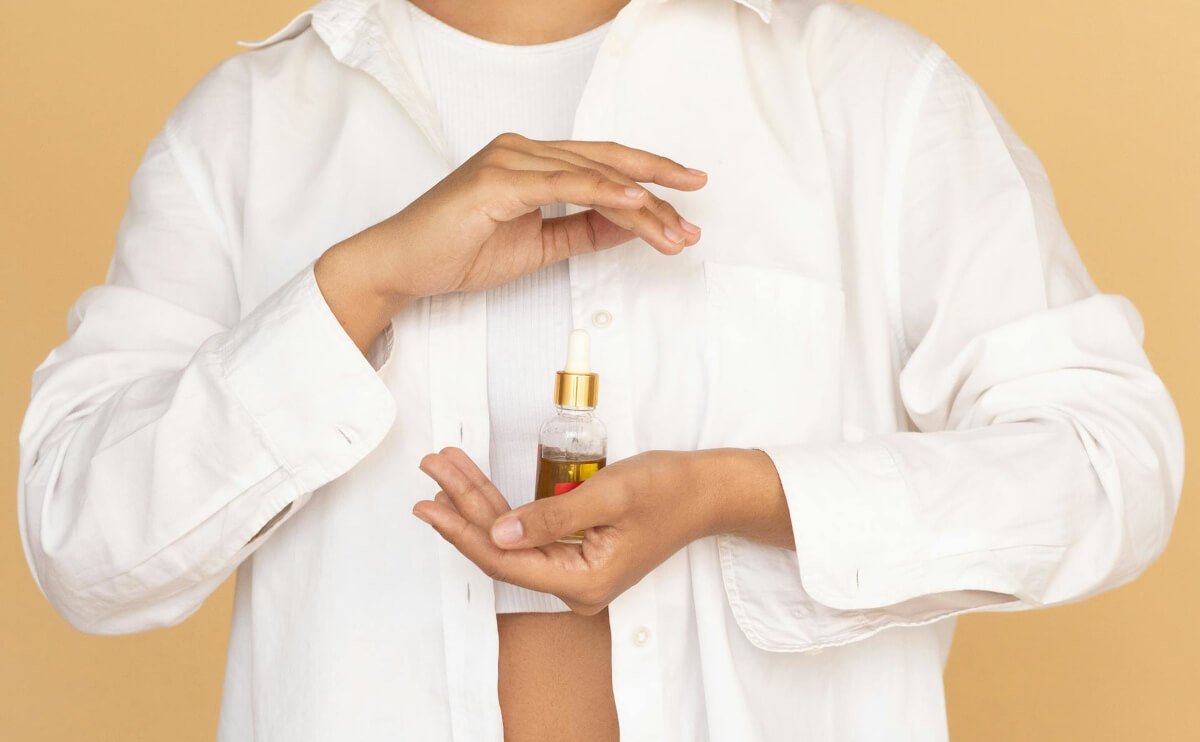
Is Aromatherapy Safe?
When used properly, aromatherapy is completely safe and has a multitude of benefits, as seen above. However, like every other indulgence in the world, aromatherapy is a double-edged sword.
Asthma and Allergy Foundation of America (AAFA) states that there is no evidence to prove that essential oils treat asthma. Some chemical smells might trigger lung issues for those with pre-existing lung illnesses.
www.healthywa.wa.gov.au/ stresses that essential oils are meant to be inhaled, not drunk, hence please do NOT drink your essential oils, especially the chemical ones.
Most essential oils, however, should be used in very precise moderation, or be avoided if you have pets, due to these oils being toxic to dogs, cats and birds, as stated by The New York Times.
Once again, do NOT give your pets essential oils to drink, they are very toxic for them. Other than that, aromatherapy is completely safe, with the assumption that one knows exactly what they are doing when using aromatherapy.
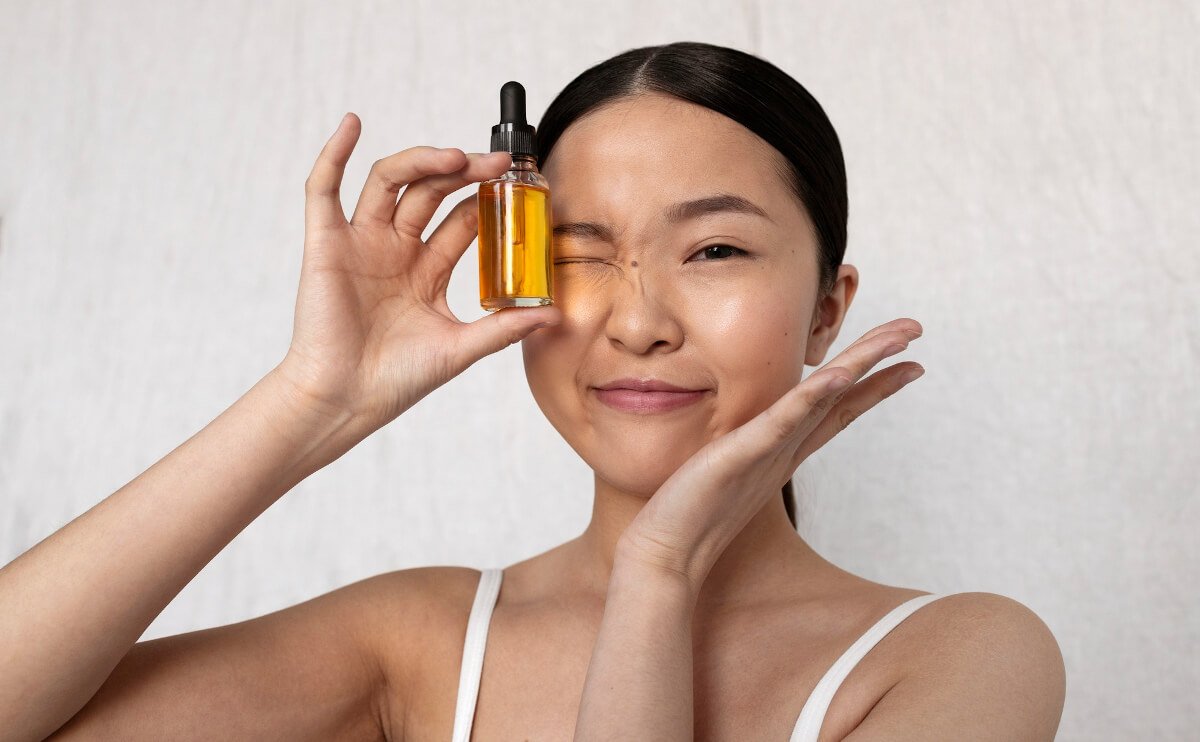
The Five Senses in Aromatherapy
1. Sight
Each smell is associated with an event/ place that your brain imagines when smelling something.
For example, smelling a fresh grass smell reminds you of the aftermath of a rainy day, and smelling coffee reminds you of your morning coffee and puts you in the mood to start your day.
Each essential oil bottle, each perfume bottle, each reed diffuser bottle, each diffuser is packaged in an aesthetically pleasing way that calms your mind and spirit.
The visual aspect of the packaging releases endorphins that connect the smell to a certain aesthetic, making you remember the calm and aesthetic packaging and bottles when smelling the scent, accelerating the process of calming you down.
2. Sound
Each smell is curated in a way that reminds you of a sound. This sound could range from the sound of a droplet of water falling into a puddle, to a song in your Spotify playlist. Each smell and sound put together helps you feel a certain way; by triggering both your auditory perception as well as your olfactory perception.
3. Taste
Have you heard of the word, synesthesia? It’s what tasting a smell is called. Sometimes aromas can remind you of a mouth- watering taste too, though this is most common in spice aromas.
This sensation can make you crave a certain food, or even make you feel satisfied as if you have already eaten that food. This satisfaction helps keep your inner peace.
4. Touch
Touch, very much like sight, allows you to associate a feeling to a smell. MSCENT’s crystal perfume bottle comes with an expensive engraving, making the user feel expensive when using the scent.
This causes one to associate the aroma to that confident, expensive feeling, improving self-confidence and boosting one’s mood!
5. Smell
As explained earlier, the scent molecules go to the olfactory bulb and send signals from the brain to the rest of the body, inducing relaxing vibes as well as hormones to calm the person down.

Botanical Ingredients in Aromatherapy
Botanical ingredients, not to be confused with organic ingredients, are natural aromatic extracts from flowers, leaves, roots and stems etc., which are allergy-friendly and non-toxic, and hence are safer for sensitive people.
These are environmentally conscious too, as they are produced from renewable plant materials instead of petrochemicals, unlike other essential oils. You can check out the list of MScents fragrances which are made from botanical ingredients.
Why Use Botanical Ingredients?
The botanical nature of these extracts make it such that they last longer, simply due to the fact that the oil adheres to the skin better. This makes the usage of botanical ingredients much more efficient, as less is more!
We at MScents use botanical ingredients to be environmentally conscious, as well as to provide our customers with the best experience possible.
Benefits of Botanical Ingredients in Aromatherapy
There are many benefits of particular botanical ingredients, especially in skincare. An example would be soy extract, which has been proven to help with hyperpigmentation as well as oily skin.
Another such example would be green tea extract, which has a stunning effect both internally and externally – it speeds up metabolism while additionally giving the skin a glow.
Difference Between Botanical and Non-Botanical Ingredients
While organic ingredients are derived from plants specifically grown in line with regulations such as no chemicals, botanical ingredients simply come from plants.
Non-botanical ingredients, which are also non-organic ingredients, are made from synthetic chemicals in the lab, and hence are rougher on our soft skin.
These non-botanical ingredients would be more likely to cause rashes for people with more sensitive skin, and more likely to cause lung irritation for those with pre-existing lung issues.
Conversely, botanical ingredients, with are completely natural, have a lower chance of causing skin irritation on sensitive skin.
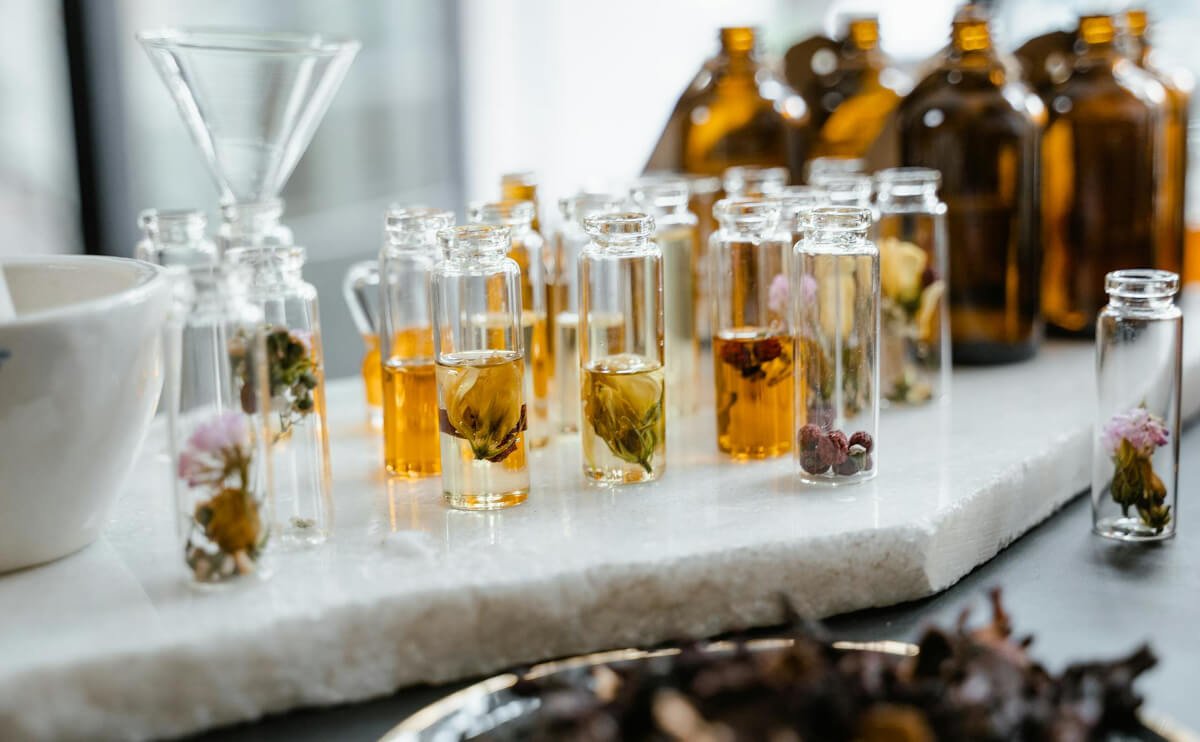
Essential Oils in Aromatherapy
Essential oils are concentrated liquids containing chemical compounds from plants, used for a multitude of reasons including keeping the surrounding aromatic, reducing stress, and treating common illnesses such as flus.
How Are Essential Oils Made
The most common method to extract essential oils would be steam distillation. The plant material to be used is placed into a still, where pressurised steam is passed through it.
This steam destroys the structure of the plant part that holds the essential oil, and the aromatic compounds are released as vapour, which is then condensed and collected as essential oil.
How Can Essential Oils Be Used in Aromatherapy
This steam destroys the structure of the plant part that holds the essential oil, and the aromatic compounds are released as vapour, which is then condensed and collected as essential oil.
Reed Diffusers
In a narrow-mouthed bottle, add water and a few drops of essential oil (always dilute it for safety reasons). Then, insert some reeds, either synthetic or bamboo skewers, for the essential oil to travel through, to fill a room with aroma.
Ultrasonic Diffusers
In the tank that comes with the ultrasonic diffuser, add water and a few drops of essential oil as usual.
When the ultrasonic diffuser is turned on, ultrasonic waves are created, which break the oil down into particles, which the diffuser releases as a fine mist. This makes it easier to inhale the essential oil.
Skincare
It is very crucial to remember that essential oils in their natural form are extremely potent, hence they should only be diluted when used directly on the skin.
Some skincare products come with about 1% of essential oil in them, used more for aromatherapy purposes, but these are much better than potent essential oils in face creams that may cause breakouts.
Traditional Medicine
Adding a few drops of essential oils such as peppermint, eucalyptus or ginger to a tub of hot water works wonders in curing common illnesses such as a cough or cold.
Simply inhale the steam from the hot water and essential oil mixture to clear up your airways for better breathing.

Candles
Unscented Candles
Unscented candles emphasise the natural lighting that comes from the flame, and the ambience that lighting creates. These candles can be used for meditation as well, as there is virtually no smell that comes from these.
Scented Candles
Scented candles are used in aromatherapy, to keep one’s room and house smelling good, and to cause a relaxing ambience.
These scented candles can also be used in aromatherapy massages, to induce the person getting the massage into a relaxed mood to ensure the muscles aren’t stiff.
Uses of Candles in Aromatherapy
Candles are very commonly used in aromatherapy, both scented and unscented. They can be used as home decor, for massages, and even when meditating to create a warm mood.
Relaxation/ Mood Setting
The low, warm light that comes from a candle causes a warm, loving ambience, helping us subconsciously relax, improving our mood psychologically. The warm yellow lighting from a candle is also amazing for taking pictures, creating the illusion of a romantic mood.
Induces Sleep
Candles lower one’s blood pressure, causing a reduction in stress, keeping one relaxed. This, along with certain scented candles such as lavender which is well-known for being a scent that induces sleep, makes candles a good tool to use before sleeping.
Enhances Concentration
The flickering candle flame is known to be good for meditation, which teaches people concentration. Certain scents of candles also help reduce stress and anxiety, hence causing the mind to wander less, and stay focused on the task at hand.

Perfumes
Perfumes are fragrant liquids mostly made from essential oils, extracted from plants and flowers, used to create a nice aroma around a person.
Effects of Using Perfumes
Perfumes are great in increasing one’s self-confidence, as well as self-appeal, altering the way others perceive them.
Perfumes mask one’s body odor, hence getting rid of the constant self doubt that someone else can smell your sweat. This, coupled with the face that some scents can improve one’s mood, increases a person’s self confidence.
This increase in confidence has other effects like an improvement in posture, walking speed, and speech pattern.
Perfumes can also impact the way others look at you, as certain scents can induce certain subconscious reactions from people around you.
For example, wearing rose scented perfume might make people think of warm caring love, causing them to be more inclined to become your friend!
Conclusion
All in all, aromatherapy is a holistic therapy which has many ways of being used, like diffusers, perfumes, candles, and essential oils.
While it has a multitude of benefits, like anything else, it should be used carefully in moderation to ensure that we reap the benefits without putting our health in danger.
Follow us on IG, TIKTOK, PINTEREST, YOUTUBE, FACEBOOK for more lifestyle tips, hacks and articles!
Recommended For You
-
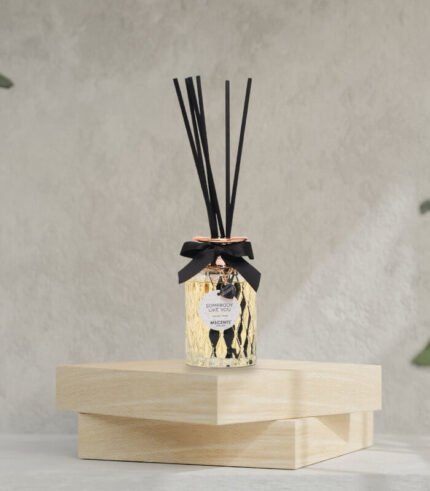 Fine Fragrance Series Reeds Diffuser (150ml)$49.90 subject to 9% GST
Fine Fragrance Series Reeds Diffuser (150ml)$49.90 subject to 9% GST -
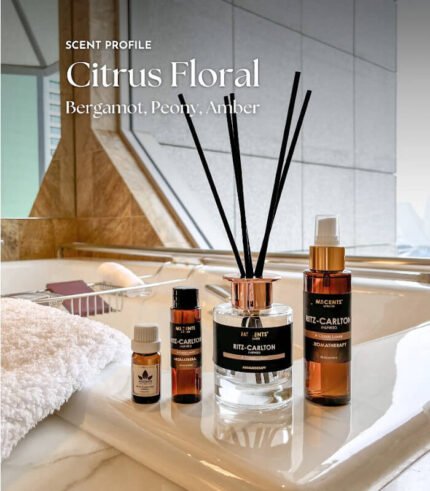 Hotel Inspired Series Reeds Diffuser (150ml)$29.90 subject to 9% GST
Hotel Inspired Series Reeds Diffuser (150ml)$29.90 subject to 9% GST
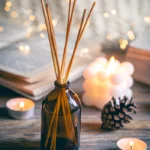 Accessories
Accessories
 Botanical Essential Oils
Botanical Essential Oils
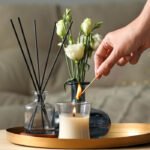 Candles & Burners
Candles & Burners
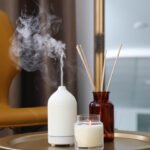 Gift Sets & Bundles
Gift Sets & Bundles
 Home Care
Home Care
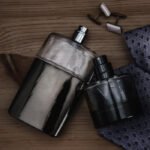 Perfumes
Perfumes
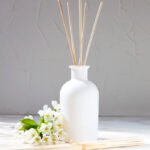 Reed Diffuser
Reed Diffuser
 Seasonal & Deals
Seasonal & Deals
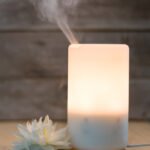 Ultrasonic Diffusers
Ultrasonic Diffusers

